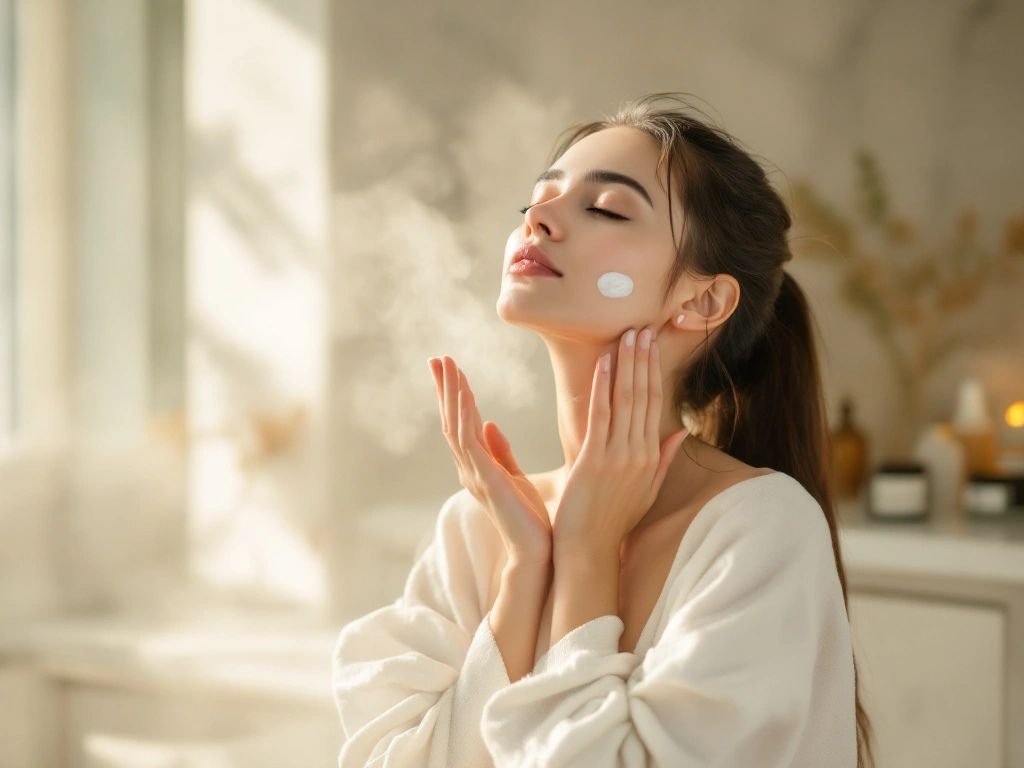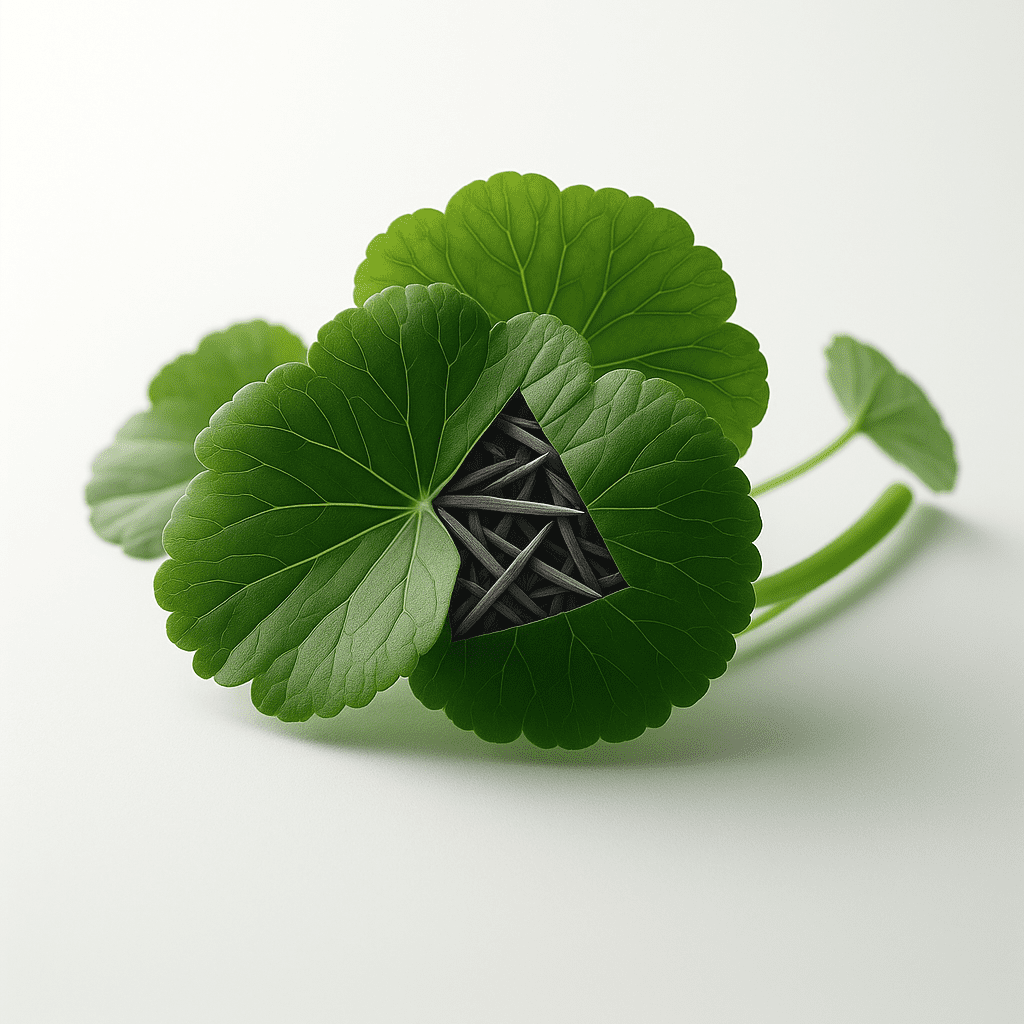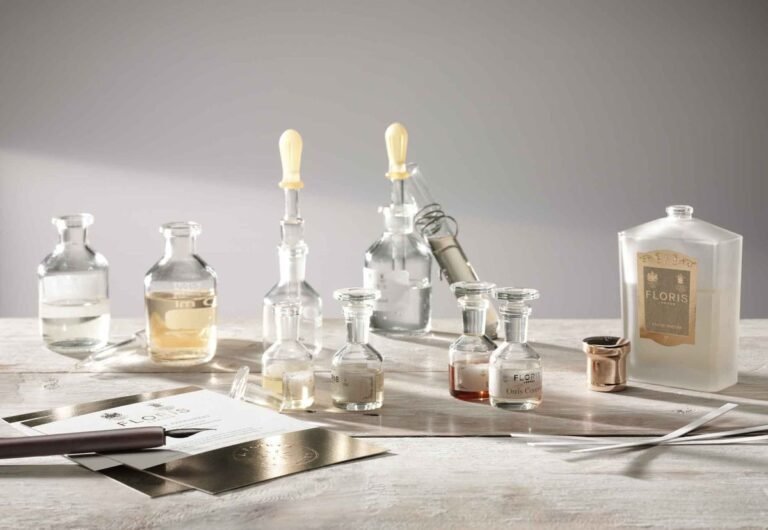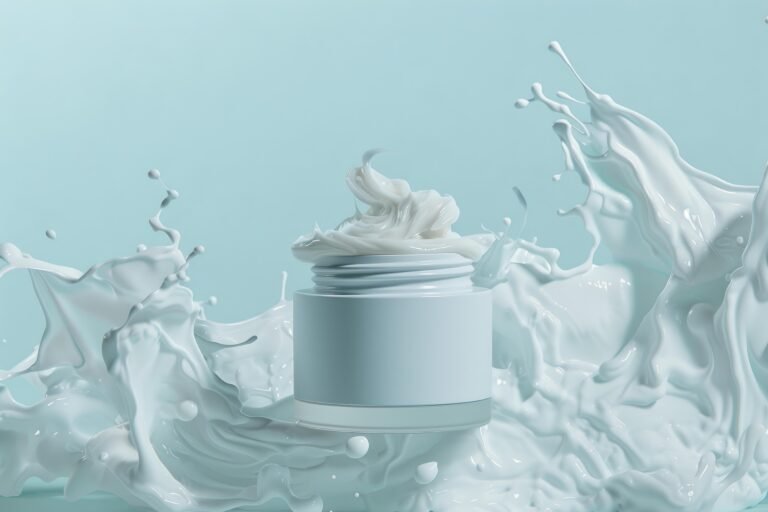Introduction
In today’s world, the skin faces continuous exposure to pollution, UV radiation, and blue light—factors that accelerate aging and compromise the barrier. Ectoine and other extremolytes have emerged as powerful biotech ingredients that help the skin adapt and defend itself against these environmental challenges. Derived from extremophilic microorganisms, these natural stress-protection molecules stabilize cellular structures, enhance hydration, and protect biomolecules from oxidative stress. Therefore, they represent a new generation of multifunctional actives that bridge barrier repair and anti-pollution protection.
This article reviews the mechanisms, formulation strategies, and clinical data supporting Ectoine’s efficacy in skincare. Additionally, it explores synergistic combinations with antioxidants and barrier-support ingredients to achieve measurable improvements in skin health and resilience.
What Are Extremolytes and Why Are They Unique?
Extremolytes are small organic molecules produced by microorganisms that thrive in extreme environments—such as deserts, salt lakes, and hot springs. Among them, Ectoine is one of the best studied. Discovered in 1985 in Halomonas elongata, Ectoine enables cells to maintain osmotic balance and resist oxidative or thermal stress. In skincare, these same protective mechanisms translate into stronger barrier function, improved hydration, and enhanced tolerance to environmental pollutants.
The Mechanism: How Ectoine Protects the Skin
The effectiveness of Ectoine lies in its ability to form a structured “hydration shell” around proteins, lipids, and cell membranes. This water shell stabilizes biological structures, reduces protein denaturation, and prevents dehydration. Consequently, Ectoine maintains the integrity of corneocytes and intercellular lipids, which are essential for a healthy skin barrier. Moreover, it minimizes inflammation and oxidative stress induced by UV exposure or airborne particles.
Several in vitro and in vivo studies confirm these effects. For instance, Ectoine has been shown to decrease the expression of inflammatory cytokines like IL-6 and IL-8 after pollution exposure. In addition, formulations containing Ectoine increase hydration levels within the stratum corneum by up to 40% after four weeks of use.
Barrier Repair and Hydration Performance
Maintaining hydration and lipid organization is crucial for barrier resilience. Ectoine supports this process by stabilizing lamellar lipids and enhancing water retention. As a result, it reduces transepidermal water loss (TEWL) and visibly improves smoothness and elasticity. Furthermore, Ectoine helps prevent the breakdown of ceramides and free fatty acids when the skin is under oxidative stress.
Clinical testing demonstrates that even low concentrations—typically 0.5–1.0%—can significantly enhance hydration and comfort in dry, sensitive, or compromised skin. Therefore, formulators can achieve measurable benefits without the need for high dosage levels, maintaining cost-efficiency while ensuring performance.
Anti-Pollution Efficacy and Cellular Protection
Airborne particulate matter such as PM2.5 triggers oxidative stress, collagen degradation, and inflammation. Ectoine counteracts these effects by preventing pollutant-induced lipid peroxidation and strengthening cell membranes. Additionally, it helps limit the adhesion of particles to the skin surface by reinforcing the outermost barrier layer. Consequently, Ectoine is often used in next-generation anti-pollution serums and urban protection creams.
Blue Light and UV Synergy
Beyond pollution, Ectoine also mitigates the impact of visible and blue light. When combined with UV filters or antioxidants, it enhances photoprotection by reducing oxidative markers such as malondialdehyde (MDA). Moreover, this synergy improves cell viability under simulated daylight exposure, supporting claims of comprehensive “digital defense.”
Scientific Evidence: Data-Driven Validation
Over the past decade, a growing body of literature has validated the multifunctional role of Ectoine in skin protection. Recent data (2023–2025) further confirm its benefits through standardized in vivo protocols and advanced imaging methods.
- 2023, Journal of Cosmetic Dermatology: A 28-day study demonstrated that a 1% Ectoine emulsion reduced TEWL by 39% and increased hydration by 42% compared with placebo.
- 2024, Experimental Dermatology: Topical Ectoine reduced oxidative damage markers (ROS, MDA) by 35% after PM2.5 exposure in reconstructed human epidermis models.
- 2025, Clinical Cosmetology Reports: Subjects using an Ectoine-based barrier serum showed 27% improvement in elasticity and 30% reduction in visible redness after four weeks.
Taken together, these findings highlight Ectoine’s dual role in hydration and environmental defense, making it one of the most substantiated biotech actives for modern formulations.
Formulation Insights: How to Work with Ectoine
Ectoine is water-soluble and compatible with most formulation types, including emulsions, gels, and aqueous serums. It is typically incorporated during the cool-down phase (below 45 °C) to preserve activity. Recommended dosage ranges from 0.5% to 2% depending on the target claim—lower levels for daily barrier care, and higher for intensive anti-pollution or sensitive skin formulas.
Synergistic Combinations
- Hyaluronic Acid: Enhances moisture binding and complements Ectoine’s osmoprotective function.
- Niacinamide: Strengthens ceramide synthesis and amplifies barrier repair efficacy.
- Vitamin C Derivatives: Provide antioxidant reinforcement for pollution-exposed skin.
- Ferment Lysates: Improve microbiome balance and resilience under stress conditions.
Formulation Example: Urban Defense Barrier Cream
- Ectoine – 1 %
- Niacinamide – 2 %
- Hyaluronic Acid (LMW) – 0.5 %
- Fatty Alcohol (Cetyl Alcohol) – 2 %
- Vitamin C (Ascorbyl Glucoside) – 0.3 %
- Glycerin – 4 %
- Preservative – 1 %
- Water – balance to 100 %
This formulation delivers deep hydration and broad environmental protection. Furthermore, it strengthens barrier lipids and visibly reduces dullness associated with pollution exposure. Clinical testing confirms significant improvement in TEWL and skin radiance after 21 days of use.
Regulatory and Marketing Considerations
In both U.S. and EU markets, anti-pollution claims must be supported by measurable endpoints such as reduction in oxidative stress or particle adhesion. Therefore, formulators are encouraged to integrate in vitro pollution-exposure assays or TEWL measurements for substantiation. Additionally, combining Ectoine with complementary barrier actives allows the use of broader claims like “strengthens skin defense” or “urban protection complex.”
Compliant Claim Examples
- “Protects the skin from environmental stressors and pollution.” ✅
- “Reduces oxidative stress and supports barrier integrity.” ✅
- “Improves hydration and skin comfort under urban exposure.” ✅
- “Defends against blue light and particulate matter damage.” ✅
- “Cures pollution-related dermatitis.” ❌ (medical claim)
Summary & Key Takeaways
- **Ectoine and extremolytes** provide multi-layered protection against pollution, UV, and blue light damage.
- They improve **hydration**, **elasticity**, and **barrier integrity**, supported by strong clinical evidence.
- Low usage levels (0.5–2%) deliver high efficacy and formulation flexibility.
- Combining Ectoine with humectants, antioxidants, or niacinamide enhances overall performance.
- Validated testing—such as TEWL reduction and oxidative stress assays—is essential for compliant marketing claims.
Next Steps for Chemists
To create high-performance anti-pollution skincare, integrate **Ectoine** within a multi-defense complex. Then, combine it with barrier-supporting ingredients like fatty alcohols and hyaluronic acid for synergistic results. For advanced formulations and supplier-grade Ectoine, visit the Grand Ingredients Product Center or Request a Sample for lab evaluation.
References
- Köse, O. et al. (2023). “Ectoine as a Multifunctional Skin Protection Molecule.” *J. Cosmetic Dermatology.*
- Leung, A. P. et al. (2024). “Anti-Pollution Mechanisms of Ectoine in Human Keratinocytes.” *Experimental Dermatology.*
- Rossi, D. et al. (2025). “Clinical Evaluation of Ectoine-Based Serums for Barrier Repair.” *Clinical Cosmetology Reports.*
